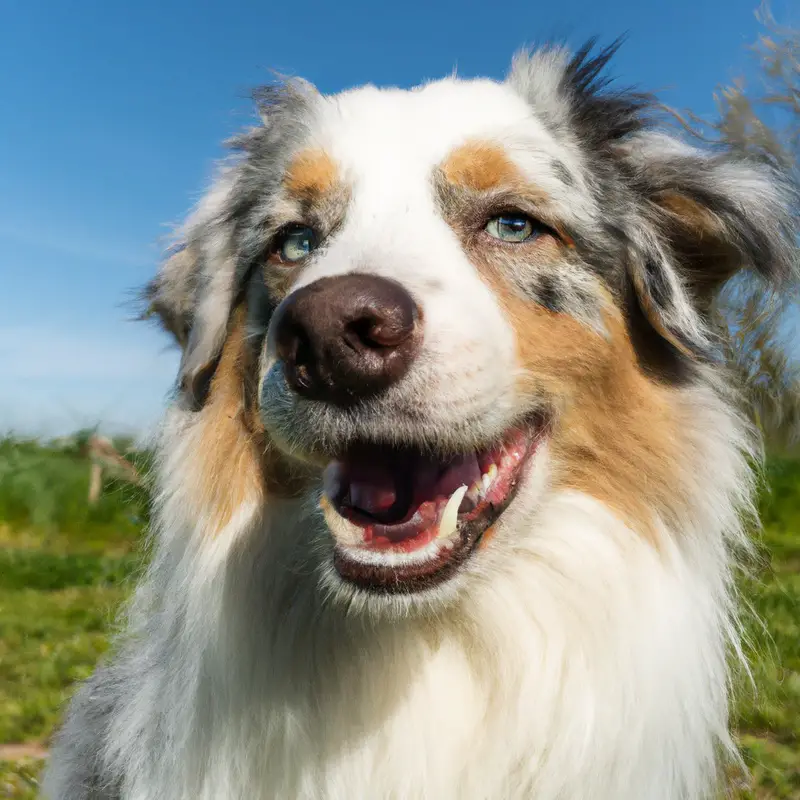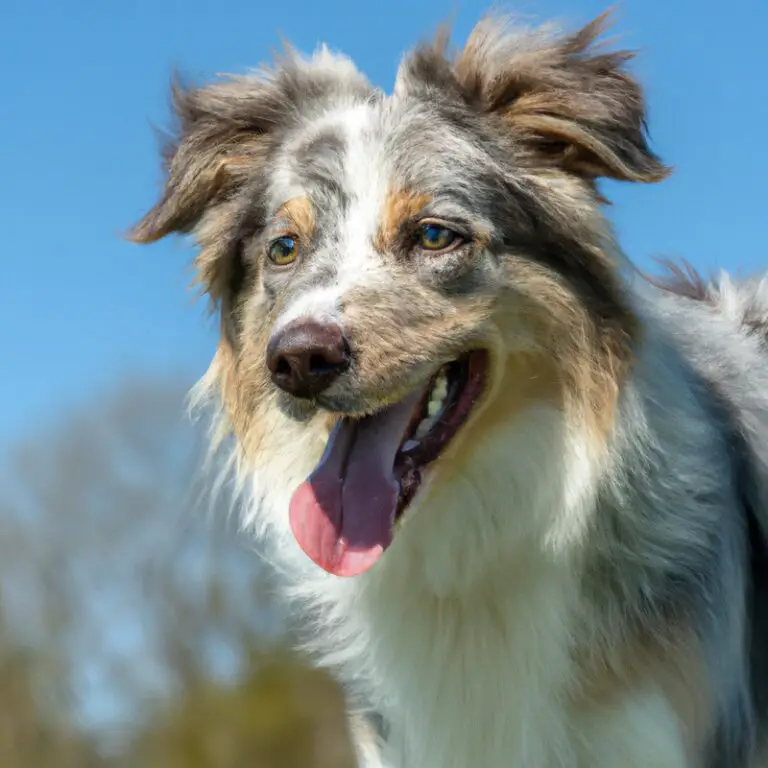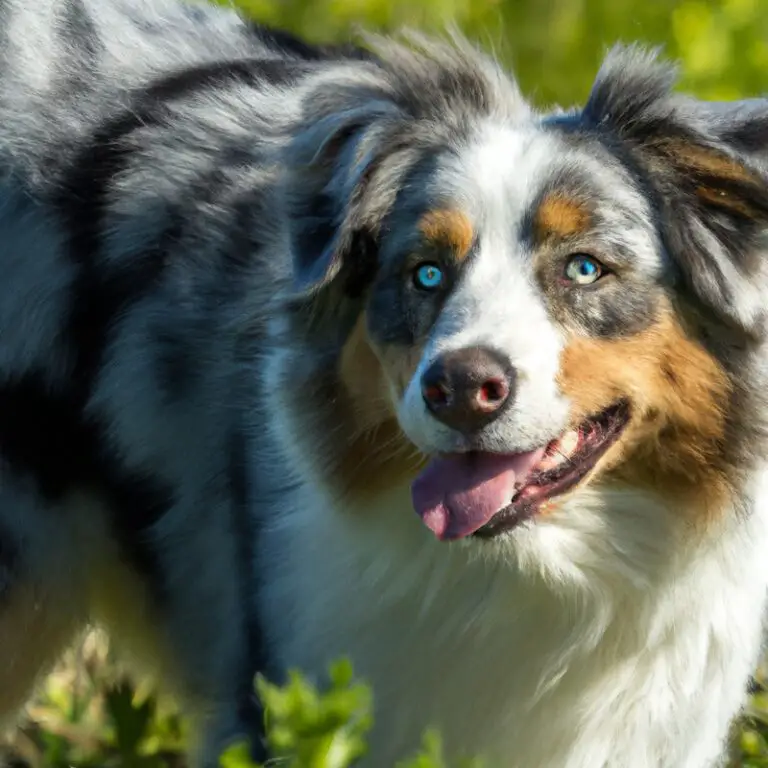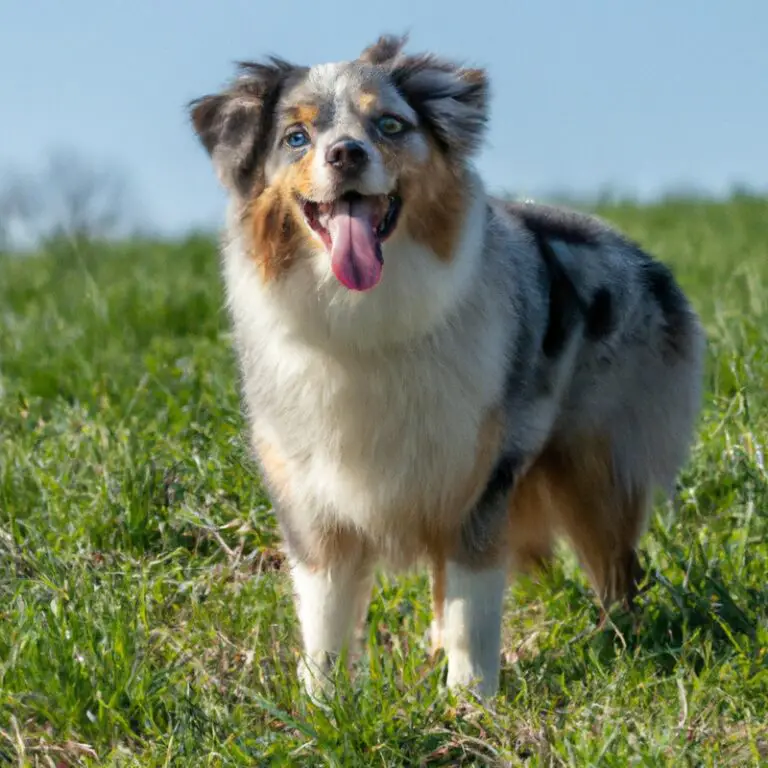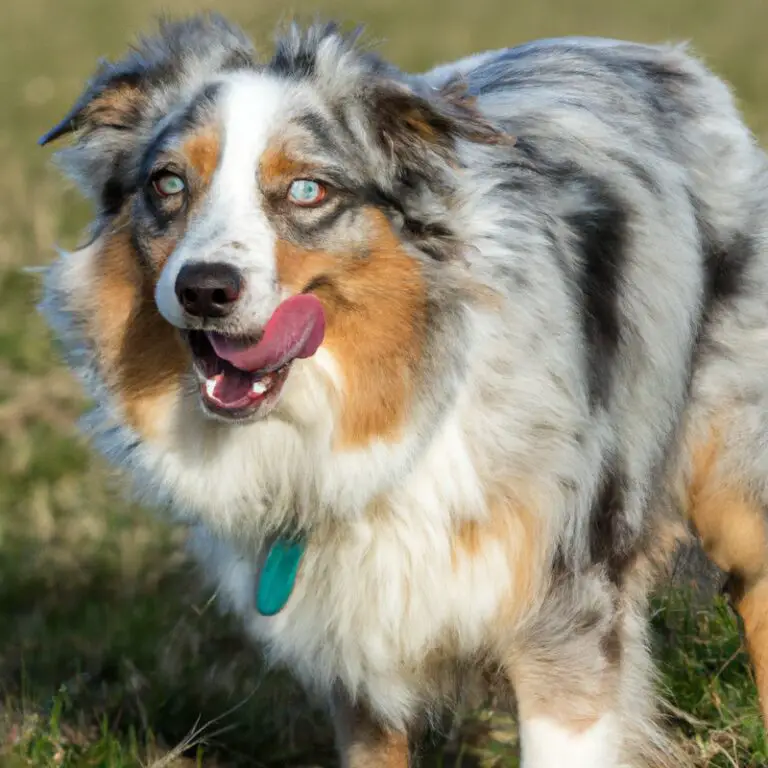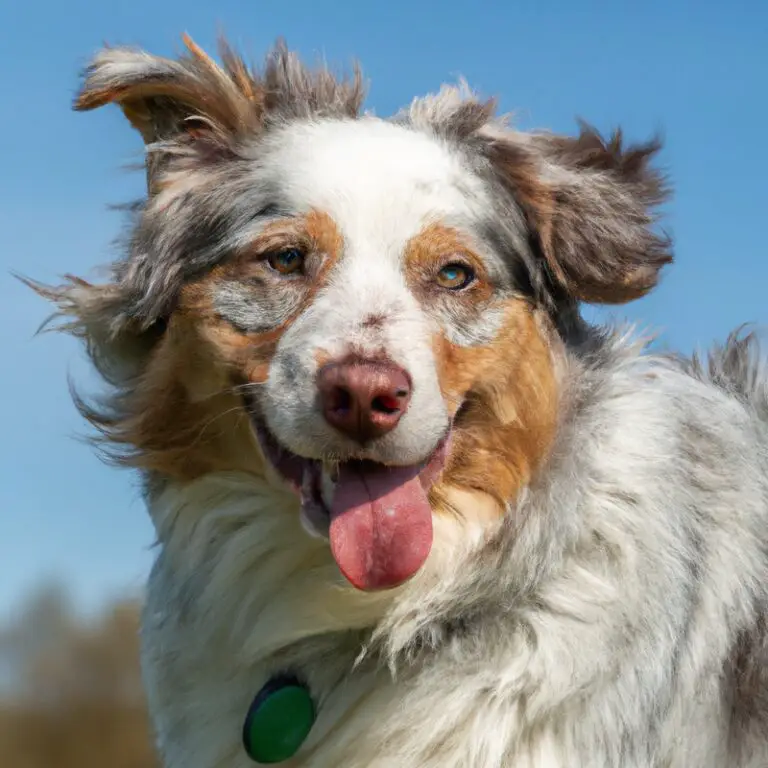Can Australian Shepherds Be Trained To Be Good With Rodents?
Key Takeaways:
- Australian Shepherds can be trained to be tolerant of rodents.
- Training should be consistent and positive to improve their interactions with rodents.
- Early socialization can help Australian Shepherds develop a better relationship with rodents.
- While some Australian Shepherds may naturally have a higher prey drive, training can help manage their behavior around rodents.
Have you ever wondered if Australian Shepherds, with their herding instincts, can coexist peacefully with rodents? As an expert in dog behavior and training, I’m here to shed some light on this fascinating topic.
Australian Shepherds are known for their high energy and intelligence, but their interactions with smaller animals can be a bit tricky.
In this article, we’ll dive into the temperament and instincts of Australian Shepherds, explore effective training methods, discuss potential challenges, and provide expert tips for success. So, if you’re eager to learn whether these adorable herding dogs can peacefully share their space with rodents, keep reading!
| Training Australian Shepherds to be Good with Rodents | |
| Pros | Cons |
| Australian Shepherds are intelligent and trainable. | Some Australian Shepherds have a strong prey drive, which can make it challenging to train them to be good with rodents. |
| With proper socialization and positive reinforcement training, Australian Shepherds can learn to coexist with rodents. | Some Australian Shepherds may not be suitable for households with rodents due to their high energy levels and need for stimulation. |
| Australian Shepherds can be taught impulse control and have the potential to differentiate between acceptable play and hunting behavior. | Training an Australian Shepherd to be good with rodents requires time, patience, and consistent training methods. |
| Australian Shepherds have a strong desire to please their owners, making them more receptive to training. | Individual temperament and genetics can play a significant role in an Australian Shepherd’s ability to be good with rodents. |
Understanding Australian Shepherds and Their Natural Instincts
The Temperament of Australian Shepherds
Australian Shepherds are known for their intelligent and adaptable nature. They are highly energetic and thrive on physical and mental stimulation.
This breed is generally friendly, loyal, and affectionate towards their families.
However, Australian Shepherds can be wary of strangers and may exhibit herding behaviors. They are alert and make excellent watchdogs.
Some individuals may have a strong prey drive, which can affect their interactions with smaller animals.
Proper socialization and training from an early age can help shape their temperament and ensure positive interactions with rodents.
The Instincts of Australian Shepherds
Australian Shepherds have strong natural instincts that can influence their behavior and interactions. One of their primary instincts is herding, as they were bred to work with livestock.
This means they may exhibit behaviors such as nipping at heels or attempting to gather and control a group of animals.
Another instinct they may have is a strong prey drive. This means they may be inclined to chase after and even potentially harm smaller animals such as rodents.
It’s important to keep this in mind when considering their compatibility with rodents as pets.
Australian Shepherds are also known for their intelligence and problem-solving abilities. This can make them quick learners but may also lead to them finding creative ways to satisfy their instincts, such as digging or escaping.
Understanding and acknowledging these natural instincts is crucial when training and interacting with Australian Shepherds.
By providing appropriate outlets for their energy, using positive reinforcement training methods, and ensuring proper socialization, you can help manage and redirect their instincts in a positive way.
Training Australian Shepherds to Coexist with Rodents
Positive Reinforcement Training Methods
Positive reinforcement training methods are highly effective when it comes to training Australian Shepherds to coexist with rodents. This approach involves rewarding desired behavior with treats, praise, or play, which encourages the dog to repeat the behavior.
Here are a few key positive reinforcement training methods for Australian Shepherds:
- Use treats: Reward your dog with small, tasty treats when they exhibit calm and appropriate behavior around rodents. This positive association promotes a positive emotional state towards rodents.
- Clicker training: A clicker can be used to mark desired behavior. When the dog performs a behavior that is desired, such as approaching a rodent calmly, a click followed by a treat reinforces the behavior.
- Patience and consistency: Consistency is key in positive reinforcement training. It is important to consistently reward desired behavior and ignore or redirect undesired behavior. Remain patient and persistent throughout the training process.
- Gradual exposure: Gradually introduce your Australian Shepherd to rodents in a controlled environment. Start with minimal exposure and observe your dog’s behavior closely. Reward calm behavior and gradually increase their exposure over time.
Remember, positive reinforcement focuses on rewarding desired behavior rather than punishing undesired behavior. It helps build a strong bond between you and your Australian Shepherd, and encourages them to make positive choices when it comes to interacting with rodents.
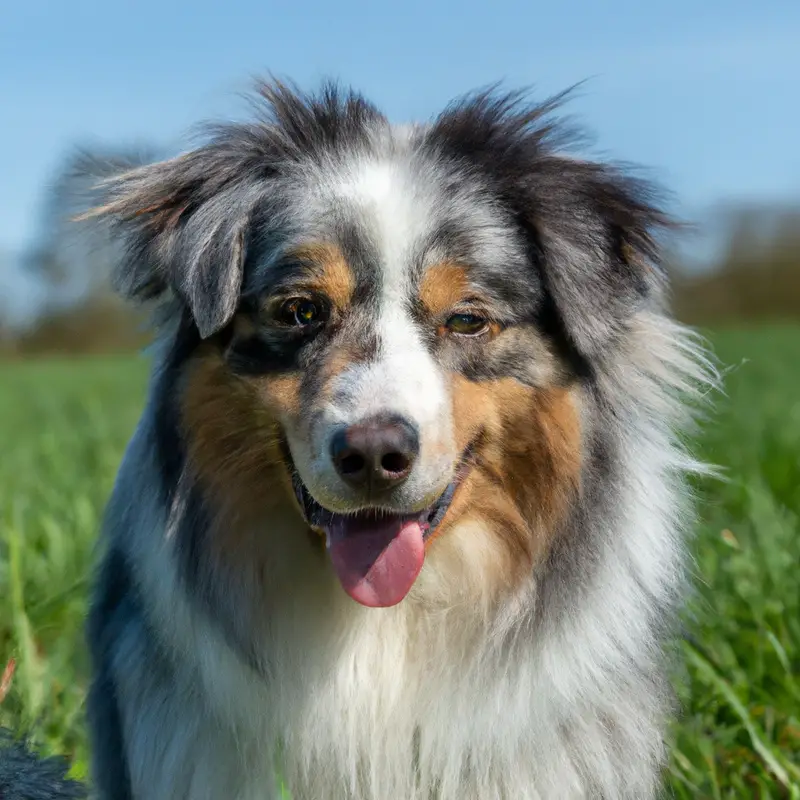
Supervised Interactions and Socialization
Supervised interactions and socialization play a key role in training Australian Shepherds to coexist with rodents. It’s important to closely monitor their interaction to ensure the safety of both the dog and the rodent.
By gradually exposing the Australian Shepherd to rodents in a controlled and supervised environment, they can learn appropriate behavior and develop positive associations.
Socializing them with different types of rodents, such as rats or guinea pigs, can help reduce their prey drive and increase their tolerance. Patience and consistency are key in this process, as it may take time for the Australian Shepherd to adjust and respond positively to rodents.
Importance of Early Socialization
Early socialization is crucial for Australian Shepherds to have positive interactions with rodents. It’s important to expose them to different stimuli, including rodents, from a young age.
This helps them develop a positive association and decreases the likelihood of fear or aggression towards rodents later in life.
Early socialization also helps them learn appropriate behaviors and boundaries when interacting with rodents. In addition, it allows them to develop their natural curiosity and adaptability.
So, make sure to prioritize early socialization to ensure a harmonious coexistence between your Australian Shepherd and rodents.
Potential Challenges and Considerations
Pre-existing Prey Drive
Pre-existing prey drive is a natural instinct that many Australian Shepherds possess. This means that they may have a strong urge to chase, capture, and possibly harm smaller animals such as rodents.
It’s important to be aware of this instinct when considering whether an Australian Shepherd can be trained to coexist with rodents.
This prey drive can make it challenging to teach them to peacefully interact with these small creatures. Training and socialization can help manage this instinct, but individual differences in prey drive levels should also be considered.
Individual Personality Differences
Individual personality differences play a significant role in determining whether an Australian Shepherd can be trained to be good with rodents. Just like humans, each dog has its own unique personality traits, preferences, and tendencies.
Some Australian Shepherds may naturally have a higher prey drive or a strong instinct to chase smaller animals, making it more challenging to train them to coexist peacefully with rodents.
On the other hand, some individuals may have a calmer disposition and be more inclined to show tolerance and gentle behavior towards rodents. Assessing and understanding an Australian Shepherd’s personality can help tailor the training approach and determine the level of success in their interaction with rodents.

Breed-Specific Factors
Breed-specific factors play a significant role in determining whether Australian Shepherds can be trained to be good with rodents. These factors include the breed’s natural instincts, temperament, and genetic predispositions.
Australian Shepherds have herding instincts, which means they may naturally chase small animals like rodents.
Additionally, their prey drive, which is ingrained in their genetics, can make it challenging for them to coexist peacefully with rodents. However, with proper training, socialization, and supervision, it is possible to manage and modify these behaviors.
It is important to understand and consider these breed-specific factors when training Australian Shepherds to coexist with rodents.
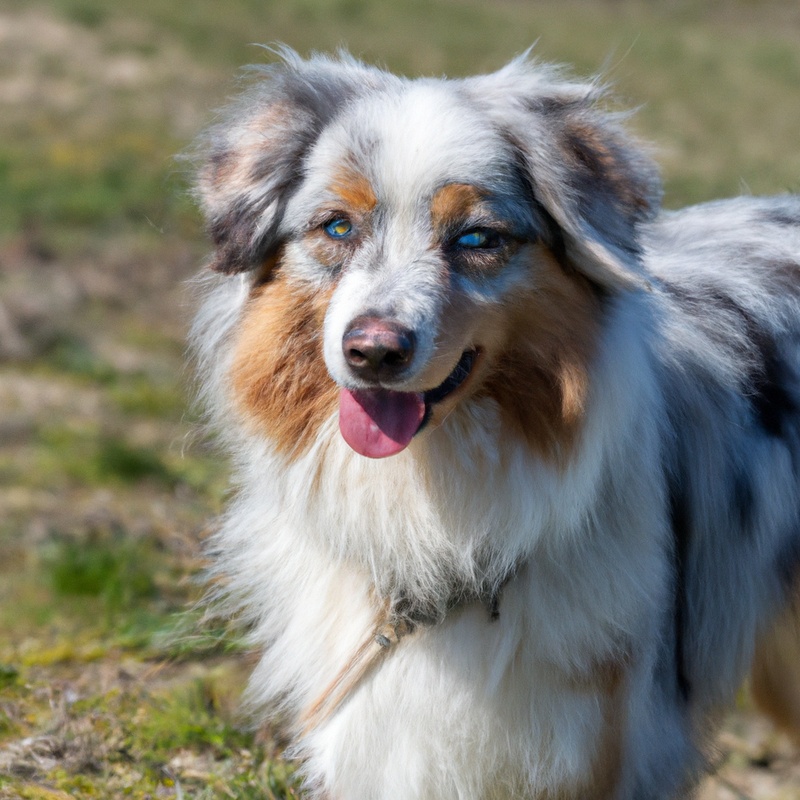
Expert Tips for Success
Consultation with a Professional Trainer
Consulting with a professional trainer is essential when training Australian Shepherds to coexist with rodents. A trainer can provide valuable guidance and expertise to ensure a successful training process.
They can assess your dog’s individual needs and behavior, and create a customized training plan.
They will help you implement positive reinforcement techniques, teach proper commands, and establish boundaries. A professional trainer will also emphasize the importance of consistency and patience throughout the training journey.
By seeking their advice, you can effectively address any challenges and create a safe environment for your Australian Shepherd and rodents to coexist harmoniously.
Patience and Consistency in Training
Patience and consistency are key factors in training Australian Shepherds to coexist with rodents. It’s important to remember that training takes time and each dog learns at their own pace.
Patience is needed to allow them to understand and adjust to the training process.
Consistency is also crucial in training. It involves providing the same instructions and using the same techniques each time.
This helps the dog understand what is expected of them and reinforces positive behaviors.
Consistent training sets clear boundaries and helps establish a routine for both the dog and the owner. When training your Australian Shepherd, it’s important to be patient and understanding.
Some dogs may take longer to learn new behaviors, so it’s essential not to get frustrated or discouraged.
Stay consistent with your training methods and give your dog the time they need to grasp the training concepts. Consistency also extends to the training environment.
Ideally, create a designated space or area for training sessions that are free from distractions.
This will help keep the focus on the training exercises and reduce the chances of your dog becoming overwhelmed or distracted. By being patient and consistent in your training efforts, you are setting the foundation for a successful relationship between your Australian Shepherd and rodents.
This approach will help build trust and understanding, ultimately leading to a harmonious coexistence.
Creating a Safe Environment
Creating a safe environment is essential when training Australian Shepherds to coexist with rodents. Here are some tips to ensure the safety of both your dog and the small pets:
- Separate living spaces: Keep your Australian Shepherd and rodents in separate areas of your home. This can be achieved by using baby gates or creating designated spaces with secure enclosures.
- Secure rodent enclosures: If your rodents have cages or enclosures, make sure they are secure and escape-proof. Double-check latches, locks, and any weak spots to prevent your Australian Shepherd from getting access.
- Supervised interactions: When allowing your Australian Shepherd and rodents to interact, always supervise closely. Keep a close eye on their body language and behavior. If any signs of aggression or prey drive are observed, separate them immediately.
- Positive reinforcement: Use positive reinforcement to teach your Australian Shepherd appropriate behavior around rodents. Reward them for calm and gentle behavior, and redirect any unwanted behavior with positive alternatives.
- Proper socialization: Gradually introduce your Australian Shepherd to different types of small animals, such as hamsters or guinea pigs, from an early age. This will help them become familiar with these animals and reduce the likelihood of predatory behavior in the future.
- Secure rodent habitats: Make sure the habitats of your rodents are escape-proof. Ensure that any toys, wheels, or objects in their enclosures are safe and cannot be chewed on or accessed by your Australian Shepherd.
- Regular exercise and mental stimulation: Provide your Australian Shepherd with plenty of physical exercise and mental stimulation to help reduce their energy levels and prevent them from focusing on hunting instincts.
By creating a safe environment, you can effectively manage the interactions between your Australian Shepherd and rodents. Remember to prioritize the safety and well-being of all animals involved.
Monitoring and Supervision
Monitoring and supervision are essential when working to train Australian Shepherds to coexist with rodents. It’s crucial to closely observe interactions between your dog and the rodents to ensure everyone’s safety.
Keep a watchful eye to prevent any potentially harmful behavior or mishaps.
Additionally, supervise all interactions, even if your Australian Shepherd has shown progress. This helps reinforce positive behaviors and quickly address any issues that may arise.
Remember to always prioritize safety and be attentive during the training process.
The Final Verdict
Assessing the Individual Australian Shepherd’s Compatibility with Rodents
Assessing the compatibility of an individual Australian Shepherd with rodents is an important step before introducing them. Consider the following factors:
- Prey Drive: Evaluate the dog’s prey drive, as Australian Shepherds have a natural instinct to chase. High prey drive may make it challenging for them to coexist peacefully with small animals like rodents.
- Socialization: Assess the dog’s socialization skills. A well-socialized Australian Shepherd, exposed to various animals during puppyhood, may be more adaptable and less likely to view rodents as prey.
- Supervised Interactions: Monitor the dog’s behavior during supervised interactions with rodents. Look for signs of aggression, fixation, or intense prey drive. Positive interactions, such as showing curiosity or gentle interest, indicate a better potential compatibility.
- Training: Evaluate the dog’s response to training. A trainable, obedient Australian Shepherd may be more likely to follow commands and control their instinctual behaviors around rodents.
- Personality: Consider the individual dog’s personality. Some Australian Shepherds may naturally have a more gentle and tolerant nature, making them potentially better suited to coexist with rodents.
- Breed-Specific Factors: Keep in mind that while Australian Shepherds can be loyal and intelligent, their herding instincts and high energy levels may make it more challenging for them to remain calm and gentle around rodents.
Remember, each Australian Shepherd is unique, and compatibility with rodents will vary. It’s crucial to consider the individual dog’s traits and behaviors to determine if they can safely coexist with rodents in your specific situation.
Summary of Key Considerations and Training Approaches
When it comes to training Australian Shepherds to be good with rodents, there are a few key considerations and training approaches to keep in mind.
- Start with positive reinforcement: Positive reinforcement training methods, such as using treats and praise, can be highly effective in teaching Australian Shepherds to coexist peacefully with rodents. Rewarding desired behavior will help reinforce the idea that being calm and gentle around rodents is a positive experience.
- Supervised interactions and socialization: It’s important to provide supervised interactions between your Australian Shepherd and rodents to ensure everyone’s safety. This can be done by gradually exposing them to each other in a controlled manner. Additionally, early socialization with rodents from a young age can help your Australian Shepherd become more comfortable and accepting of them.
- Understand potential challenges: Australian Shepherds have a natural prey drive, and individual personality differences can play a role in their interactions with rodents. It’s crucial to be aware of these breed-specific factors and assess your dog’s compatibility with rodents before training.
To increase the chances of success, it’s recommended to consult with a professional trainer who has experience in training Australian Shepherds and managing their prey drive. Patience and consistency in training are key, as it may take time for your Australian Shepherd to fully adjust to the presence of rodents.
Creating a safe environment and closely monitoring their interactions is also important to ensure the safety of both your dog and the rodents.
Final Verdict
Australian Shepherds can be trained to coexist with rodents, but it requires understanding their temperament and instincts. Positive reinforcement training methods, supervised interactions, and early socialization are key to success.
However, potential challenges such as prey drive and individual personality differences must be considered.
Expert tips include consulting with a professional trainer, patience and consistency in training, creating a safe environment, and constant monitoring. Assessing the compatibility of each individual Australian Shepherd with rodents is essential.
Overall, with the right approach and proper training, Australian Shepherds can develop a positive relationship with rodents.

